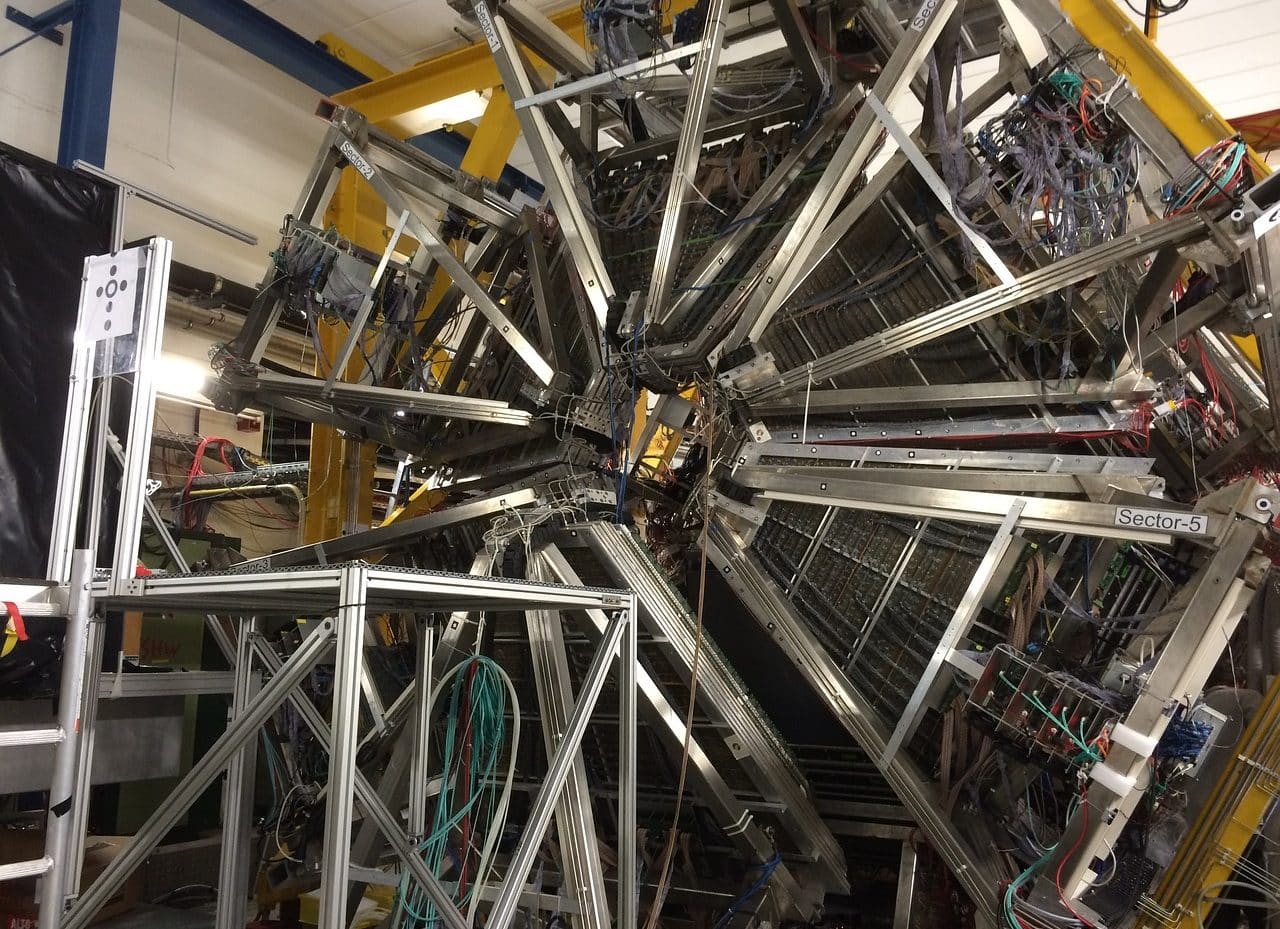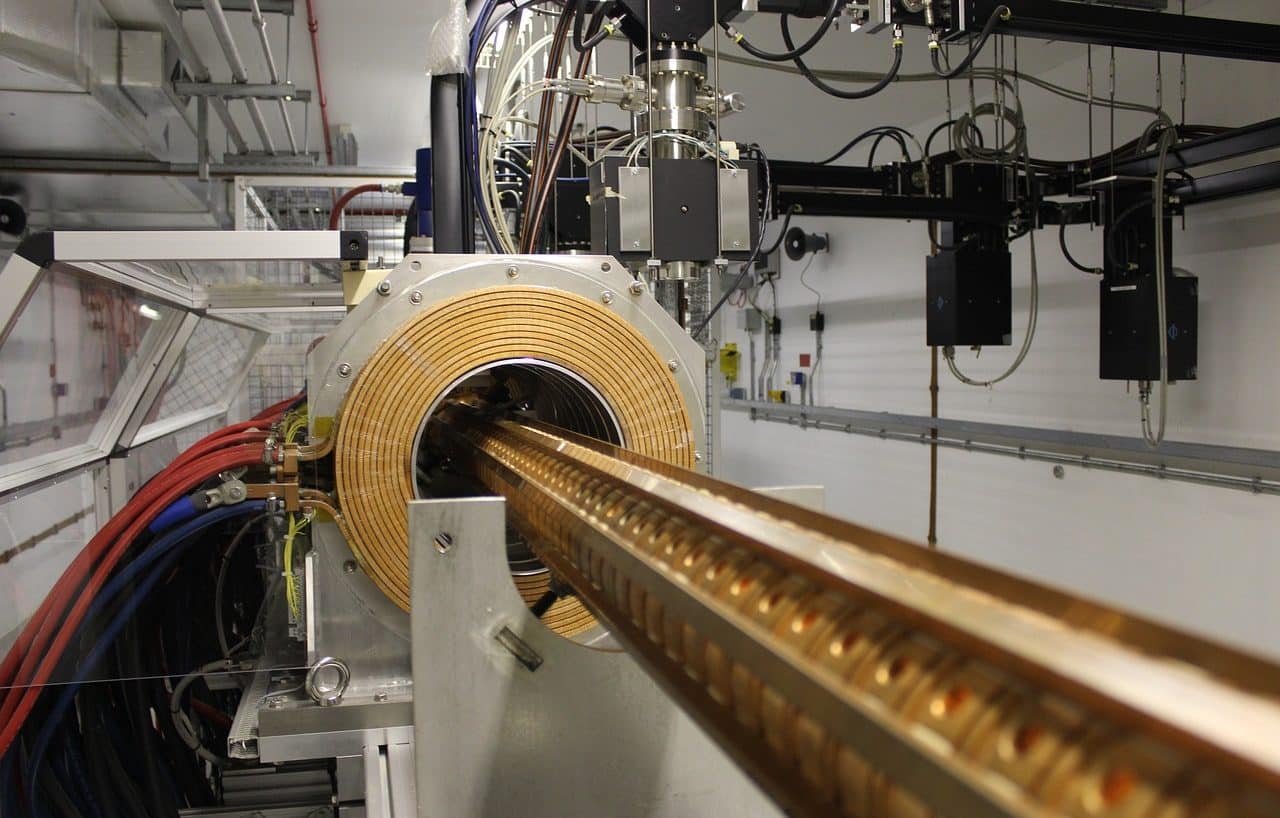
Particles can reach high speeds and have collisions with various particles due to the action of particle accelerators.
Particle accelerator is the name given to a highly complex device that, using electromagnetic fields , accelerates charged particles to high speed with the intention of causing a collision of particles . In this context, an enormous number of new particles emerge, characterized by their brevity and instability.
In a way, these technological equipment are reminiscent of the action of cosmic rays around the Earth 's atmosphere, since multiple inconsistent and exotic particles are generated in that framework. Of course, accelerators allow us to analyze the resulting particles, as well as their disintegration phenomenon, in a more controlled scenario.
Taking this type of invention into account and continuing to develop increasingly advanced and precise accelerators that contribute to studying stable and unstable particles , specialists consider, will undoubtedly significantly benefit the fields of space exploration , electronic technology and technology. medicine , for example.
History of the particle accelerator
When reviewing the history of particle accelerators, the figure of Ernest Orlando Lawrence gains considerable notoriety. This man of American origin was a nuclear chemist who was awarded the Nobel Prize in Physics in 1939. Among his most outstanding contributions to science is having developed and promoted a variety of particle accelerators called the cyclotron .
That first device was born from Lawrence 's desire to produce high-energy particles using an accelerator that was compact so that it could be installed and manipulated in the radiation laboratory that he had opened and had him as director. Thus, he put his theoretical and practical knowledge at the service of manufacturing an acceleration chamber that involved poles of a style of magnet called an electromagnet .
Since then, their cyclotrons became more and more developed and expensive. With them, iron atoms were bombarded, in addition to being able to produce radioactive isotopes , which were investigated for their application for therapeutic purposes, to detail some of the uses they had.
Guys
It is interesting to learn about the multiple types that exist in terms of particle accelerators , since each one has peculiarities that make it unique.
To indicate a specific case: there is one that is generally identified in English by the acronym LINAC (Linear Accelerator) that works with aligned tubes or plates on which there is an application of an alternating electric field . Once the particles approach the speed of light , the speed of inversion in the electric fields grows exponentially, which is why they operate at microwave frequency in that instance. For very high energies , in this framework, instead of plates, the use of resonant cavities with radio frequencies is used.

The variety of particle accelerators includes, among others, circular and linear accelerators, the cyclotron and the betatron.
It cannot fail to be noted that in ancient accelerators a generator was used so that the voltage could be multiplied, an element that was used, for example, during the manufacture of the atomic bomb. Therefore, direct current-based accelerators have been created that accelerate the particles so much that they serve to trigger nuclear reactions .
The Stanford Linear Accelerator , an electron - positron collider , has positioned itself worldwide as the most elongated linear accelerator , a variety generally used for radiosurgery and radiotherapy procedures under a special configuration of magnetic fields . For some techniques, the collision of electrons against an element that has a high atomic number is chosen in order to generate composite beams of X-rays .
The circular accelerator , for its part, combines electric and magnetic fields but is limited in terms of the energy achieved. This is due to the synchrotron radiation emitted by the accelerating charged particles. As a reference, we can mention the circular accelerator known as the large electron-positron collider , which at one time was located at CERN (European Organization for Nuclear Research) but ended up being replaced by the Large Hadron Collider (LHC) . Many experimental particle physics studies were also carried out using the Tevatron , a particle accelerator that operated until 2011 powered by Fermilab (Fermi National Laboratory) . It was a synchrotron that could accelerate, in a ring approximately 6.3 km in circumference, antiprotons and protons to energies calculated at practically 1 TeV .

Through detectors belonging to the Large Hadron Collider, scientists aspire to test contents of different theories framed in particle physics.
Projects linked to particle accelerators
For decades there have been projects linked to particle accelerators .
On Argentine soil, for example, attention is focused on an accelerator called TANDAR , useful for training or testing in nuclear physics , the technique called mass spectrometry , applied/basic research and the work of energizing an atomic nucleus , among others. other actions.
There are those who are excited, meanwhile, to revolutionize the physics sector with an immense supercollider conceived as a "Future Circular Collider" . By April 2024 , to add another piece of information, CERN experts proposed activating the Large Hadron Collider with the intention of taking advantage of a solar eclipse in North America to track dark matter and try to find out more about it.
